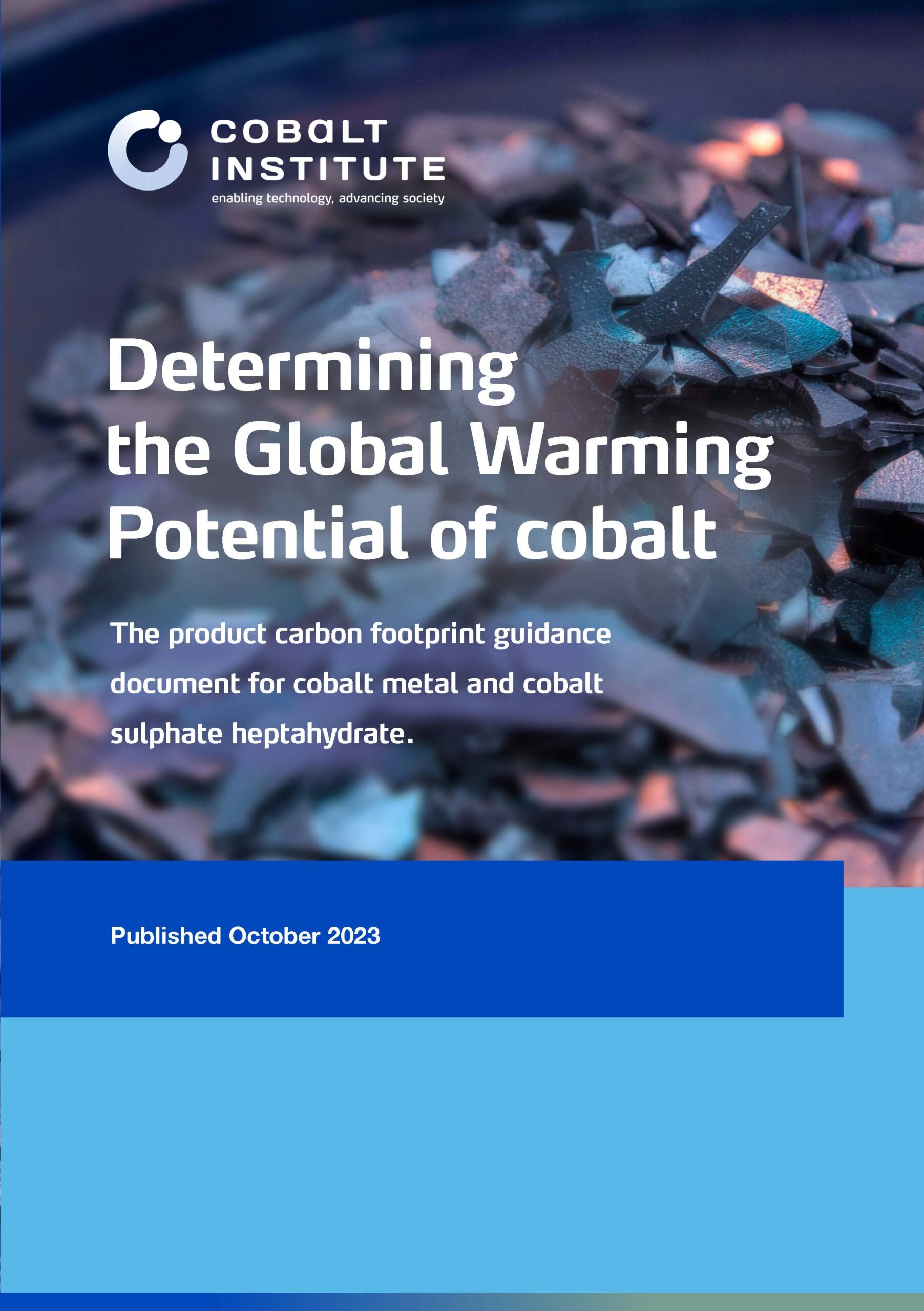Determining the Global Warming Potential of Cobalt
The Cobalt Institute’s Product Carbon Footprint (PCF) guidance provides all stakeholders involved in cobalt value chains with a standardized approach to calculating the climate change impact of producing refined cobalt metal (London Metal Exchange [LME] traded cobalt) and cobalt sulfate heptahydrate (CoSO4·7H2O).
Transparent communication and interpretation of PCF results is of critical importance for accurate calculations of greenhouse gas (GHG) emissions. With an increasing requirement to report GHG emissions it is important that reporting is done in a consistent and accepted manner and this PCF guidance document aims to provide this consistency of reporting of emissions on specific cobalt products.
The guidance is an addition to and precision of ISO 14044 Environmental management — Life cycle assessment — Requirements and guidelines, which does not provide sufficient detail for direct application to cobalt products and their characteristics. The system boundary of the PCF guidance document is “cradle to gate” and the functional unit is 1kg of cobalt product, with climate change impact being expressed as CO2 equivalent (CO2eq) per kg of cobalt product.
This October 2023 revision of the document represents the current industry approach to determining product carbon footprint of cobalt products and is aligned with current regulatory initiatives. As and when industry approaches and regulatory requirements develop, Cobalt Institute will update this document to reflect these.

